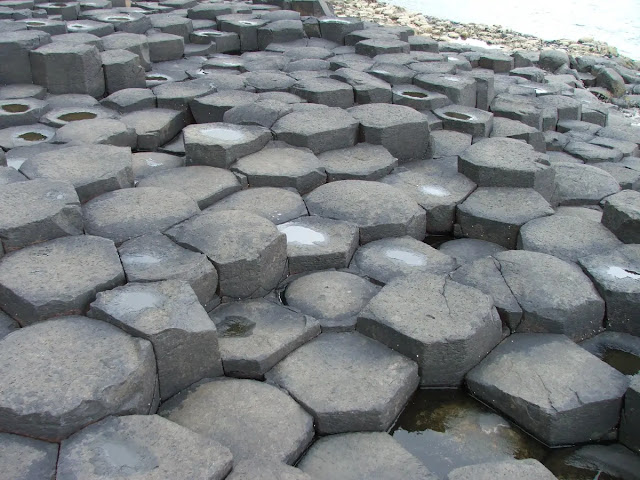Adularescence in Moonstone
Adularescence is an optical phenomenon that is produced in gemstones such as moonstones. It is a milky, bluish luster or glow that originates from below the surface of the gemstone. The effect is caused by the reflection of light between thin layers of different minerals.
Adularescence is most commonly seen in moonstones, but it can also be found in other gemstones such as labradorite, opal, and rose quartz. The effect is most noticeable when the gemstone is cut as a cabochon, which is a smooth, dome-shaped cut.
 |
| Moonstone’s unearthly glow is caused by light scattering between microscopic layers of feldspar. Photo: G. Cedric |
This effect is most typically produced by adularia, from which the name derives. Adularescence appears in numerous other gemstones, notably common opal, rose quartz and agate. However, due to inclusions in these other stones, the effect is displayed differently.
As an optical phenomenon, adularescence exists only in the presence of light; it is a product of the interaction between light and the internal microstructures of the mineral and not a property of the mineral itself. The effect is produced by alternating layers of two types at a scale near the wavelength of light (c. 0.5 micron) – this leads to light scattering and interference.
Cause of Adularescence in Blue Moonstone
The schiller is produced because of light interference caused by the light having to weave its way through the layers with slightly different optical properties.
Adularescence is caused by the reflection and scattering of light between thin layers of minerals within the gemstone. The layers are typically so thin that they are invisible to the naked eye, but they can be seen under a microscope. The light that is reflected and scattered from the layers produces a shimmering or pearly effect.
Types of Adularescence
- White adularescence: This is the most common type of adularescence. It is a milky, bluish luster that appears to float below the surface of the gemstone.
- Blue adularescence: This is a rarer type of adularescence. It is a deep blue luster that appears to glow from within the gemstone.
- Gold adularescence: This is another rare type of adularescence. It is a golden luster that appears to shimmer below the surface of the gemstone.



%20(1).webp)




